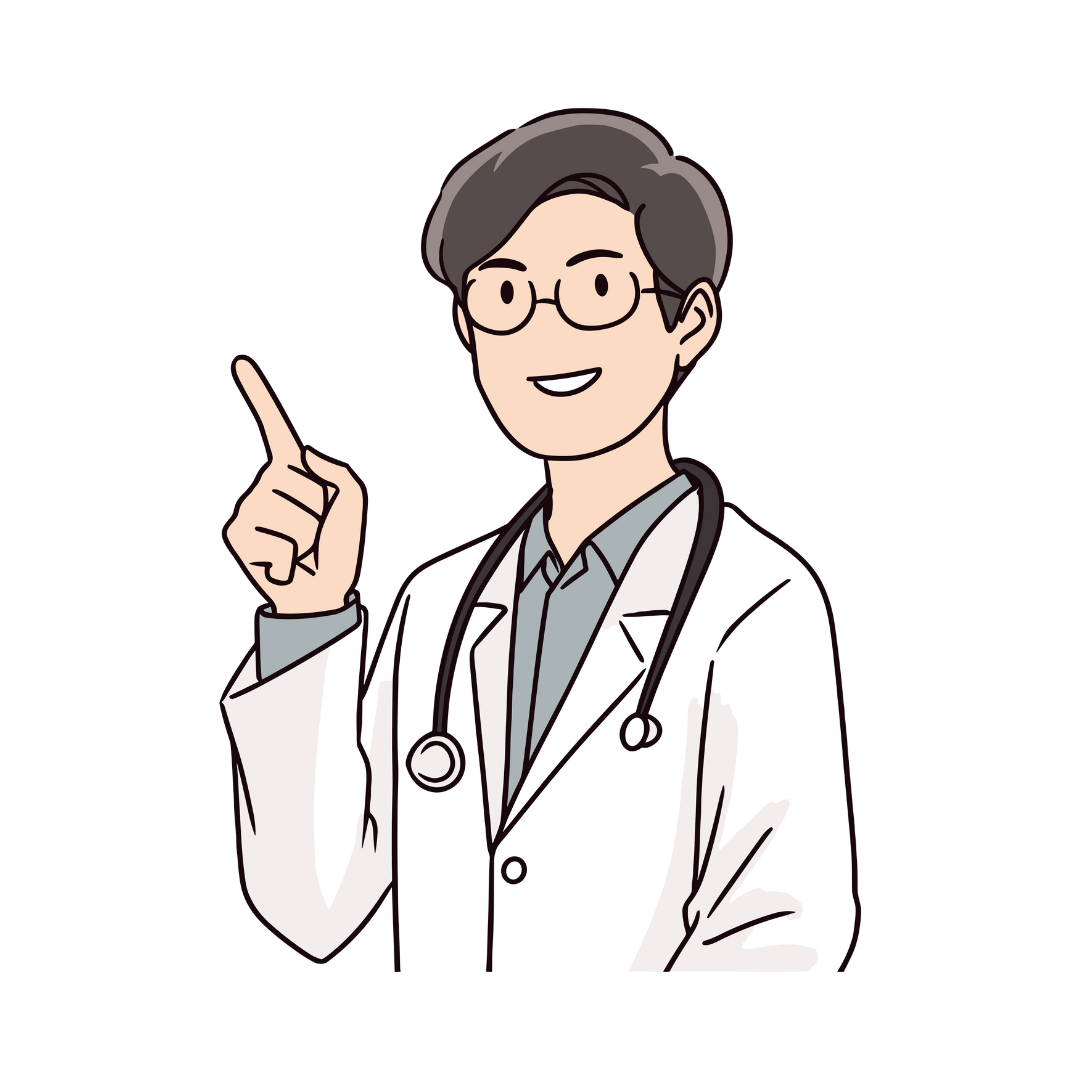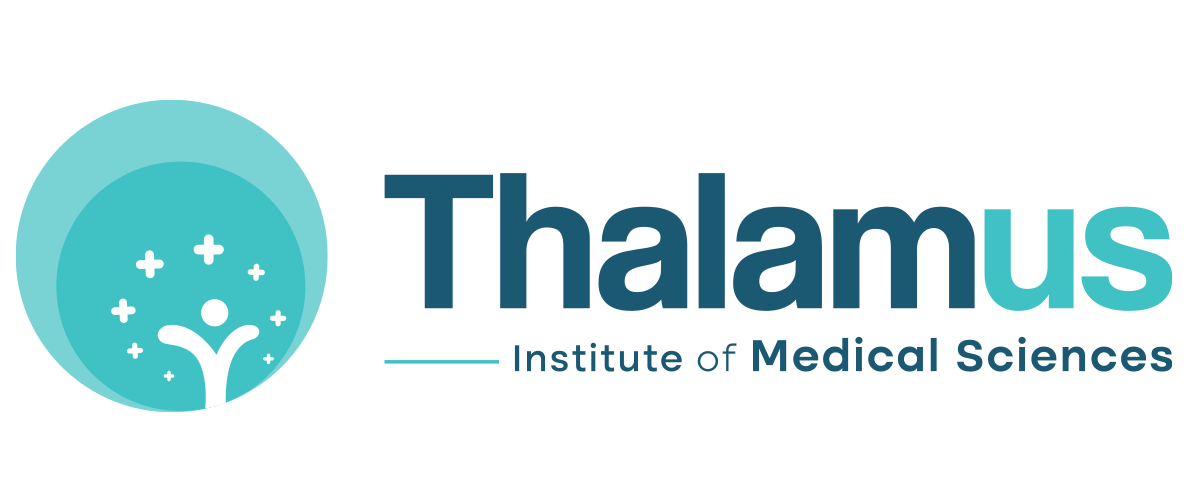blogs & News-> Blogs-> From R.I.C.E. to M.E.A.T. - Knowing Modern Injury Recovery Methods at the Best Orthopaedic Hospital in Siliguri-> When you twist an ankle, pull a muscle, or suffer...

From R.I.C.E. to M.E.A.T. - Knowing Modern Injury Recovery Methods at the Best Orthopaedic Hospital in Siliguri
Category: Blog | Published By: Thalamus Institute of Medical Sciences | Created: 1 month ago
When you twist an ankle, pull a muscle, or suffer a sprain, your first instinct is often to grab an ice pack and rest. For decades, the R.I.C.E. method — Rest, Ice, Compression, Elevation — has been the go-to advice for managing musculoskeletal injuries. But as medical science evolves, so do our approaches to healing. Today, healthcare providers are introducing newer strategies like M.E.A.T. (Movement, Exercise, Analgesia, Therapy) to ensure faster and more complete recoveries.
If you’re recovering from an injury or looking for the best orthopaedic hospital in Siliguri to get expert guidance, understanding these methods will help you make the right choices for your health.
Understanding the R.I.C.E. Method
The R.I.C.E. method has been widely recommended for acute soft tissue injuries such as sprains, strains, and contusions. These injuries often occur during sports, exercise, or accidents and affect muscles, tendons, and ligaments.
R.I.C.E. stands for:
1. Rest
Resting after an injury allows your body to begin the natural healing process. This pause gives your immune system the time it needs to repair damaged tissues. However, complete inactivity for too long can delay recovery, so rest should be balanced with gradual movement once the pain starts to subside.
2. Ice
Applying ice or cold packs reduces blood flow to the injured area, helping to minimize swelling and numb pain. Ice is most effective in the first 8 hours after injury and should be applied for short intervals — typically 10 to 20 minutes at a time, with breaks in between.
3. Compression
Gentle compression with an elastic bandage can help control swelling and bleeding. The key is to wrap firmly but not too tightly, as restricted blood flow can worsen the injury.
4. Elevation
Keeping the injured limb elevated above heart level helps reduce swelling and throbbing by encouraging fluid drainage.
Benefits of R.I.C.E.:
- Quick relief from pain and swelling
- Helps manage bleeding in acute injuries
- Useful before and after certain medical treatments
Limitations:
While R.I.C.E. is effective for immediate symptom relief, experts caution that overusing it — especially prolonged rest or excessive icing — may slow down the healing process. Inflammation, after all, is a natural part of tissue repair.
The Shift Towards M.E.A.T.
Recent research suggests that controlled movement and rehabilitation may be more beneficial for long-term recovery than prolonged rest and icing. This has led to the rise of the M.E.A.T. method, which focuses on keeping tissues active and promoting circulation.
M.E.A.T. stands for:
1. Movement
Gentle, pain-free movement increases blood flow, delivering oxygen and nutrients to the injured area. This helps speed up tissue repair while preventing stiffness and loss of mobility.
2. Exercise
As healing progresses, targeted exercises can strengthen muscles and improve flexibility. A physiotherapist at the **best orthopaedic hospital in Siliguri** can create a personalized exercise plan to restore function and reduce the risk of reinjury.
3. Analgesia
Pain relief, often through medications or therapies that don’t hinder inflammation, allows you to stay mobile without unnecessary discomfort. Unlike NSAIDs (which reduce inflammation), analgesics like acetaminophen can help control pain without interfering with the healing cycle.
4. Therapy
Therapy includes various treatments such as physiotherapy, massage, orthotics, and other supportive techniques to enhance recovery and prevent chronic issues.
When to Use R.I.C.E. vs. M.E.A.T.
R.I.C.E. is best suited for the acute phase — the first 24–72 hours after an injury, when swelling, pain, and bleeding are most severe.
M.E.A.T. works better in the sub-acute and recovery phases, where movement and targeted exercise can accelerate healing.
For example, if you sprain your ankle, R.I.C.E. can help manage the initial swelling and pain. Once the acute symptoms settle, transitioning to M.E.A.T. will promote strength, flexibility, and full recovery.
Why the Right Medical Guidance Matters
While these methods are useful, every injury is different. Factors like severity, location, and underlying health conditions can influence which approach works best. This is where consulting experts at the best orthopaedic hospital in Siliguri becomes crucial.
A specialist can:
- Accurately diagnose your injury
- Determine whether you need imaging tests like X-rays or MRIs
- Create a step-by-step recovery plan tailored to your needs
- Monitor your progress and adjust treatment if necessary
Attempting to self-manage without proper diagnosis may lead to delayed healing or even long-term damage.
Other Modern Recovery Approaches
Apart from R.I.C.E. and M.E.A.T., newer injury protocols like PEACE & LOVE are gaining attention. This method incorporates elements like protection, education, gradual loading, and optimism, recognizing the importance of mental well-being in physical recovery.
Tips for Preventing Injuries
- Warm up before exercise – Prepares muscles and joints for activity
- Use proper technique – Reduces unnecessary strain
- Strengthen supporting muscles – Improves stability and balance
- Stay flexible – Stretch regularly to maintain joint range of motion
- Listen to your body – Rest if you feel pain or fatigue
Prevention is always better than cure — and working with trained physiotherapists and orthopaedic specialists can help you stay injury-free.
Wrapping:
The evolution from R.I.C.E. to M.E.A.T. reflects a deeper understanding of how our bodies heal. While R.I.C.E. still plays a role in immediate injury care, M.E.A.T. offers a more dynamic, movement-focused approach to long-term recovery.
If you’ve suffered an injury and want to recover quickly, safely, and completely, seek expert help at the best orthopaedic hospital in Siliguri. With advanced diagnostics, experienced specialists, and personalized rehabilitation programs, you can get back on your feet — stronger than before.
📞 Call us at: +91 03561-354100 | 9046005614
🌐 Visit us at: www.thalamushospital.com
Disclaimer: This blog is for educational purposes only and not a substitute for professional medical advice. If you experience any sports injury or any orthopaedic issues, please consult the best orthopaedic hospital in Siliguri. Avoid self-diagnosis or taking medications without medical guidance.
Book Doctor
Appointment






